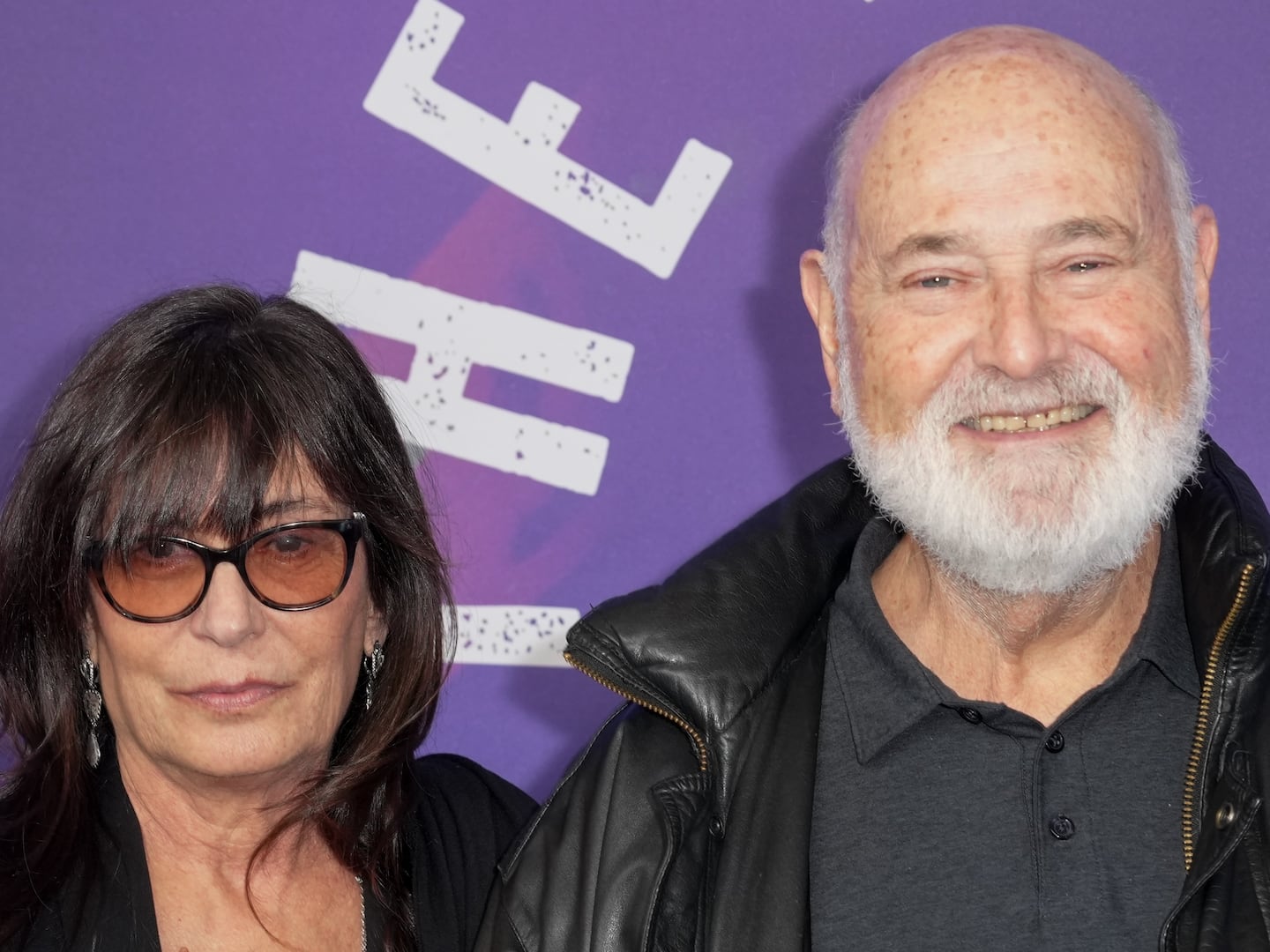“Eat the rich” has become a rallying cry over the last decade, as income inequality continues to rise. The pandemic has made the divide larger than ever, strengthening the sentiment. And while those at the bottom continue to struggle to make ends meet, those at the highest echelon of society are enjoying more wealth than imaginable.
This sentiment has led to a rise in films that attack this very struggle in exciting new ways, most memorable of which is Parasite, the winner of not only the Palme d’Or but the Best Picture Oscar in 2020. The time has come for a new film to be the symbol of our times, and it’s yet another Palme d’Or winner: Ruben Östlund’s Triangle of Sadness. If the Academy has any taste, Triangle of Sadness may follow in Parasite’s Best Picture-winning footsteps. But the film is likely too off-kilter and, frankly, batshit wild to warrant Oscar consideration.
Triangle of Sadness doesn’t merely eat the rich: It eats them, spits them out, puts them back in a blender, and gulps them down. It’s a wicked and wickedly funny satire of the world’s elite, twisting around in ways you’d never expect, culminating in a third act that throws everything you thought you knew on its head. Before it gets there, though, Triangle of Sadness delivers an absolute tour de force in the form of the best, most disgusting, and funniest scene of the entire year.
Spoilers for Triangle of Sadness, obviously, follow below.

Let’s set the scene: We’re on a luxury yacht, the kind that’s so exclusive, you wouldn’t find it unless you knew where to look. On board are people who have amassed unbelievable fortunes in unbelievably inane fashions; “I sell shit,” jokes a Russian billionaire who’s in the fertilizer business. Guests have been enjoying unparalleled luxury—someone shops for engagement rings, with one costing a mere 30 thousand euros ($29,000 USD). The food and champagne are exquisite and top-notch, of course.
The best is yet to come at the all-important Captain’s Dinner, where guests can come face-to-face with the Captain himself (Woody Harrelson) and consume the fanciest seafood you’ve ever seen. The dining room is full of the whitest tablecloths and the kind of silver and glassware whose brand name is only uttered by the highest tax brackets, or else you’ll turn to stone. These are the world’s wealthiest people on the fanciest yacht, after all!
The trip has been nothing but good times. But tonight, something feels off. There’s a storm brewing, and the slow, methodical booming of the waves against the boat establishes our rhythm, matched by Östlund’s long, expressive shots. It’s also immediately evident things are askew—quite literally, as the camera is sharply titled.
The unease leaps off the screen. Passengers, dressed in their most luxurious gowns and tuxedos, can barely move because of the storm, and watching well-to-do people walking at a ridiculous angle to get through the room is hilarious. You may be asking yourself why they wouldn’t simply postpone the dinner to a more suitable night, but if you’re asking that, perhaps you’ve never met an ultra-wealthy person. Imagine telling Elon Musk or Jeffrey Bezos that they can’t have something they want. Thus, the dinner is trudging ahead in genuinely perilous circumstances.
As the sharp angles and discomfort amongst passengers increases with each passing second, we hear a bevy of noises: bottles rolling along the floor, waves crashing, stomachs turning, babies crying (who would bring a baby on board a luxury yacht, you ask, again proving you’ve never met a societal elite). The aural chaos is the perfect set-up for what’s about to happen in this room.
Here’s a warning: if you’re averse to discussions of various bodily fluids, this is an excellent time to depart. Triangle of Sadness probably isn’t for you, and that’s okay! Now, fellow sickos, let’s continue.
Remember how I said Triangle of Sadness eviscerates the wealthy? Never in my life have I seen a sequence that enjoys eviscerating rich people like this one. When the first dish of oysters with black Russian caviar arrives, things start to escalate, and it's not long before the vomiting begins.
Despite all the projectile vomiting and the knowingly shaky camera, the food continues to be served. Next is octopus, followed by sea urchin. They’re exquisitely plated dishes that people like me can only dream of, and they’re about to be covered in puke. It’s disgusting, it’s extremely funny, but it's also weirdly cathartic, watching these people receive their (very gross) comeuppance, and to see such symbols of outrageous excess be overflowing in various bodily fluids.

Eventually, after vomit covers most of the room, and the rocking of the boat only gets harder, people finally start heading for the exit. But Östlund isn’t done with them yet. The sequence is so gross yet so immaculately, thoughtfully shot that it creates a dizzying, hilarious effect: How often do you see a long tracking shot of people falling over themselves while vomiting? That, to me, is cinema.
We’re not done yet—so far, there’s only been vomit. But Östlund is keen to keep the depravity going, and for that, I am grateful. Following the guests back to their rooms, we see various people having violent diarrhea on sensational porcelain toilets. There’s no gentle way to say this, but vomit and shit are absolutely everywhere. People are covered in it, rolling around in it, and … you get the idea.
The storm subsides, and, finally, there’s some peace. The cleaners attempt to scrub away the endless fluids. The guests slowly begin their recovery. If you thought things might get relaxing, Östlund has another twist up his sleeve: Pirates approach the ship and throw a grenade on board. In a perfect twist of irony, it gets picked up by an old lady who runs a grenade manufacturing company. This magnificent moment ends not in an explosion of shit, but a very real, violent burst that changes everything.
The critique of upper-crust entitlement is clear, and the formal audaciousness elevates the vulgar imagery into something magnificent. Better yet, all the absolute madness is cross-cut with a conversation between the captain and the Russian billionaire, who trade barbarous quotations about capitalism and marxism.
This is satire at its sharpest, managing to feel both completely absurd and absolutely grounded. Östlund’s film goes beyond “rich equals bad” to zero in on class divisions and the way unlimited funds can affect someone’s mind. Take the beginning of this disgustingly hilarious scene: A woman complains that the sails on the yacht are dirty, and someone must clean them. There are, however, no sails on the ship. The woman does not back down, of course, and she cannot possibly be wrong, so the captain, despite knowing full well she has no clue what she’s talking about, acquiesces.
There are plenty of moments like this throughout Triangle of Sadness, but the complete indignation of a powerful person in the face of fact is the perfect set-up to this sequence. Hell, people can barely stand up, let alone stomach any kind of food—never mind seafood accompanied by bottles of champagne and wine. We know this dinner absolutely should not be happening, but the quixotic cocktail of being astonishingly rich and indignant wins out, and as they say, the show must go on.
It’s one of the captain’s observations that beautifully summarizes the entire sequence: “While you’re swimming in abundance, the rest of the world is drowning.” The dinner scene flips this damning condemnation of inequality on its head. Here, it's the wealthy that are drowning, albeit in fluids entirely their own. It’s the perfect proverbial cherry on the year’s funniest, most adventurous, and most disgusting cake.






